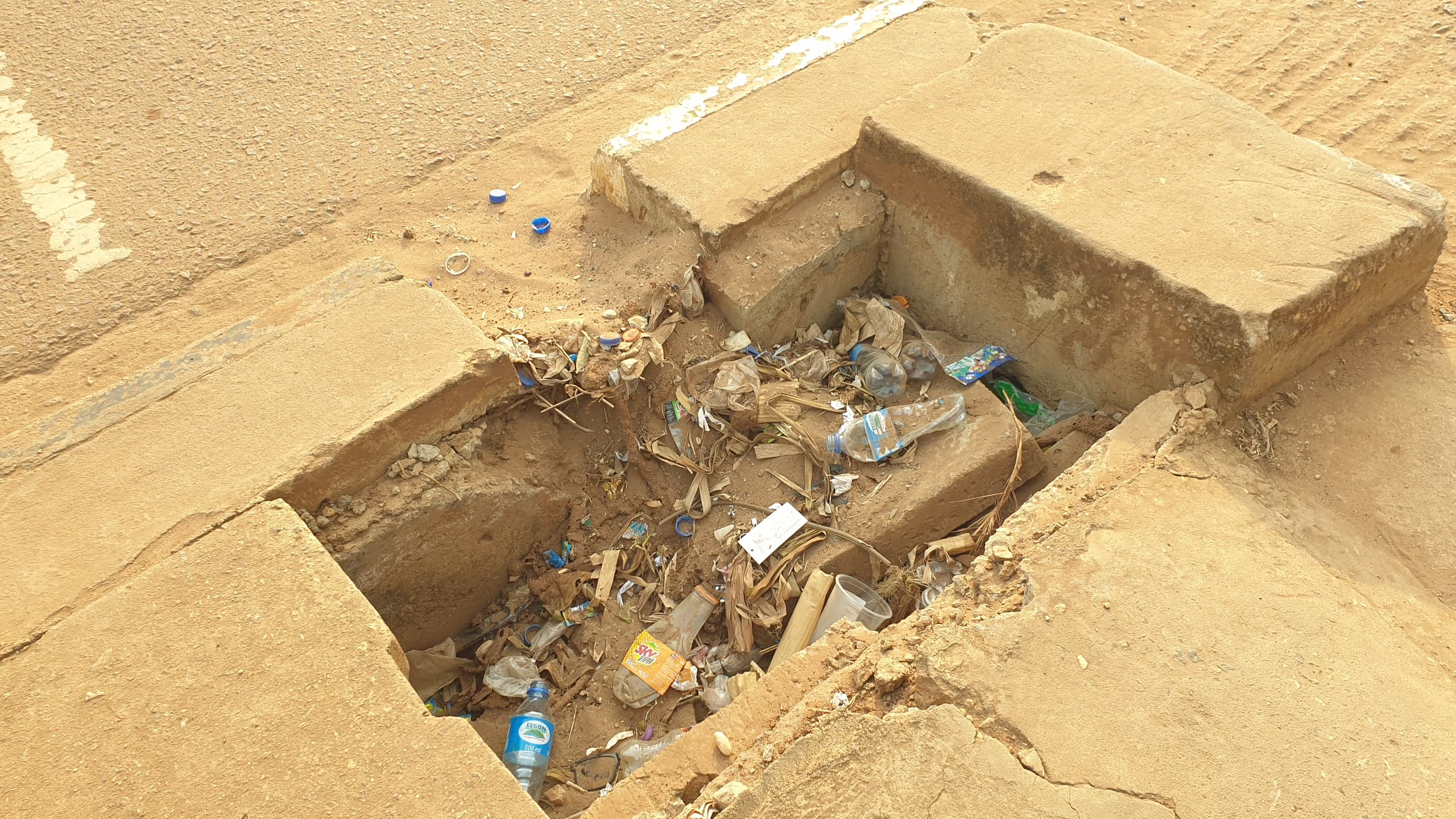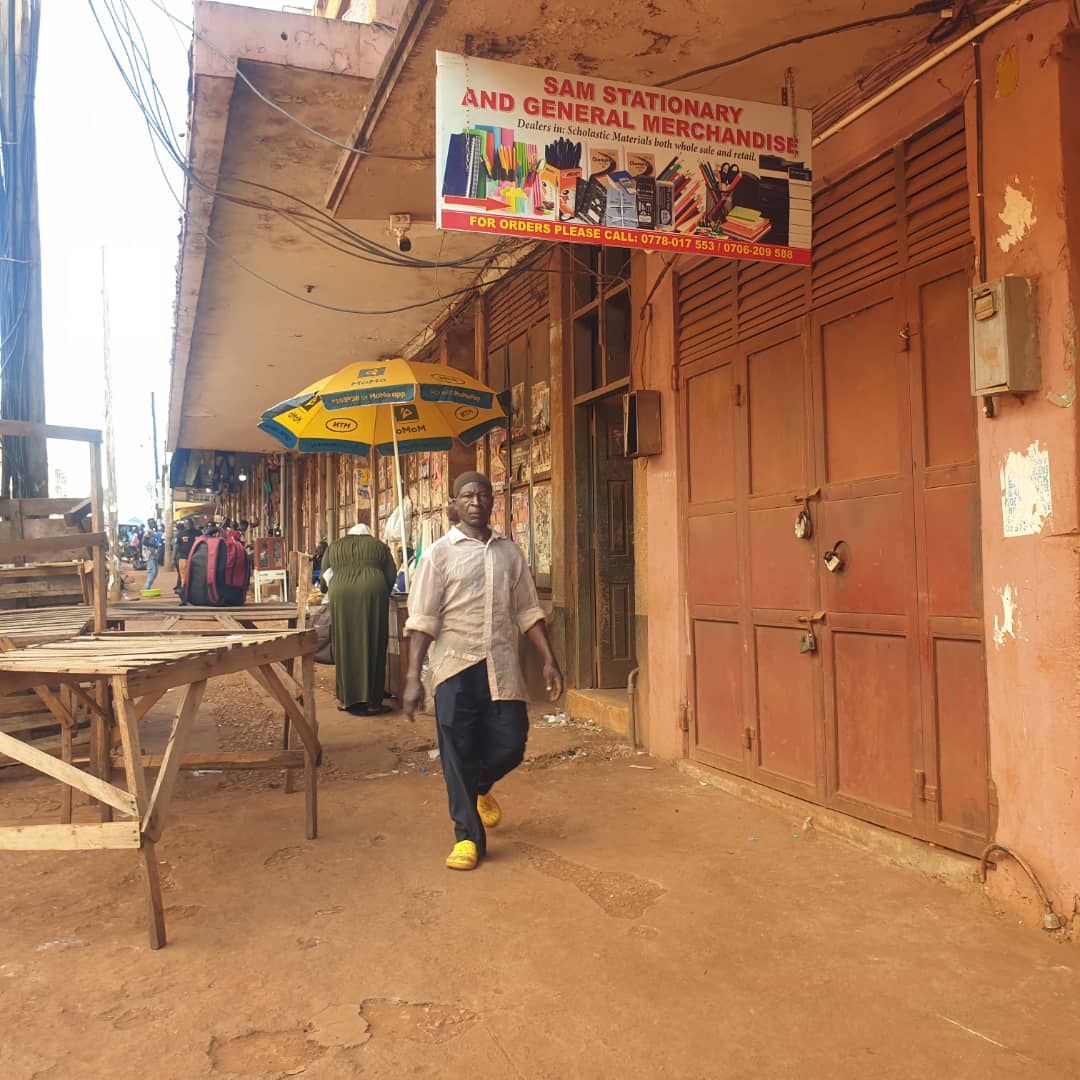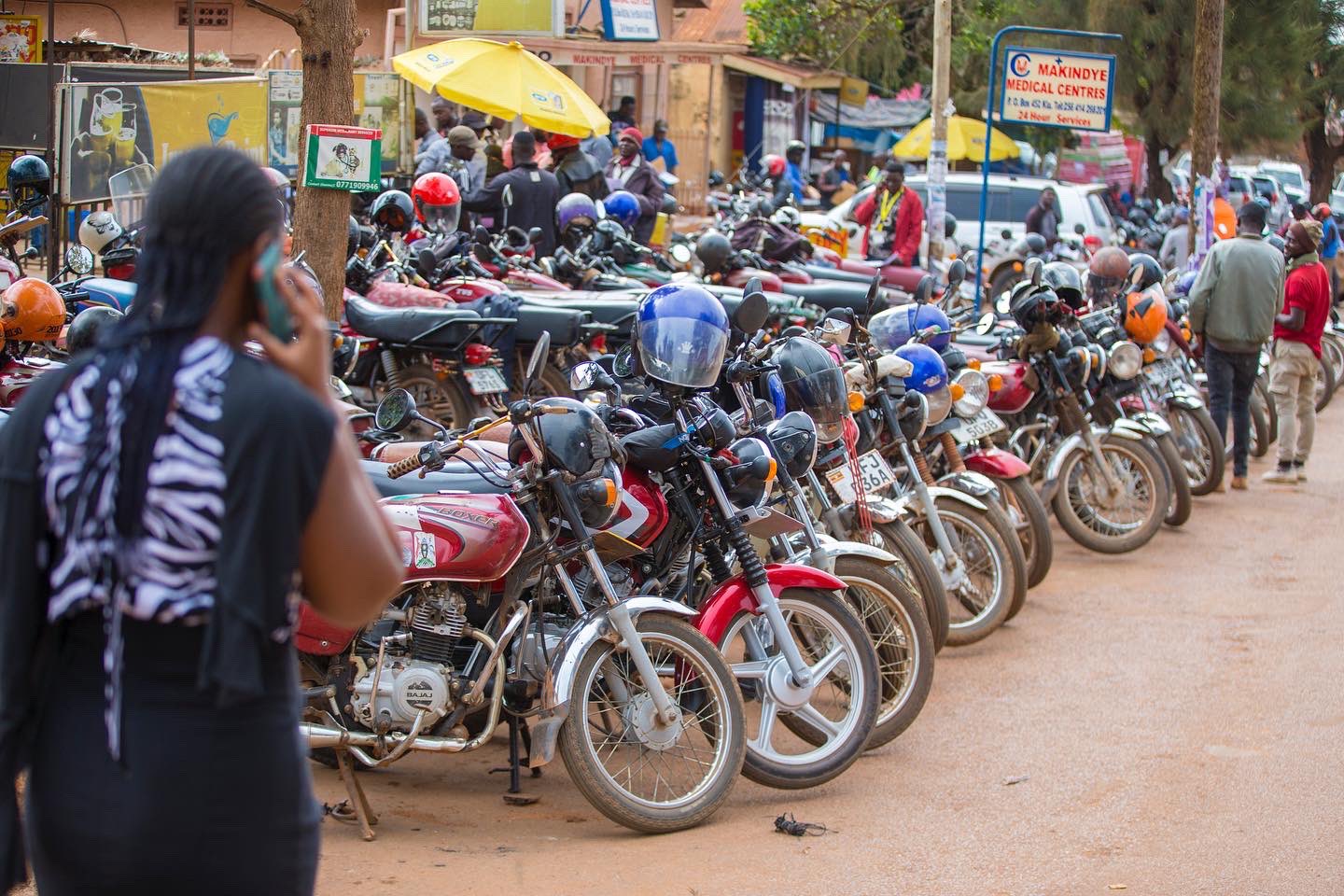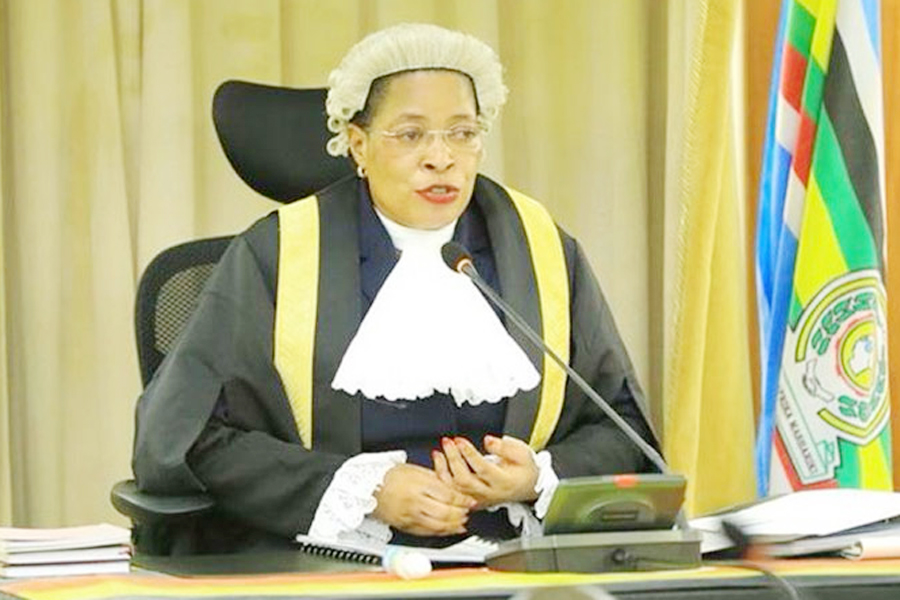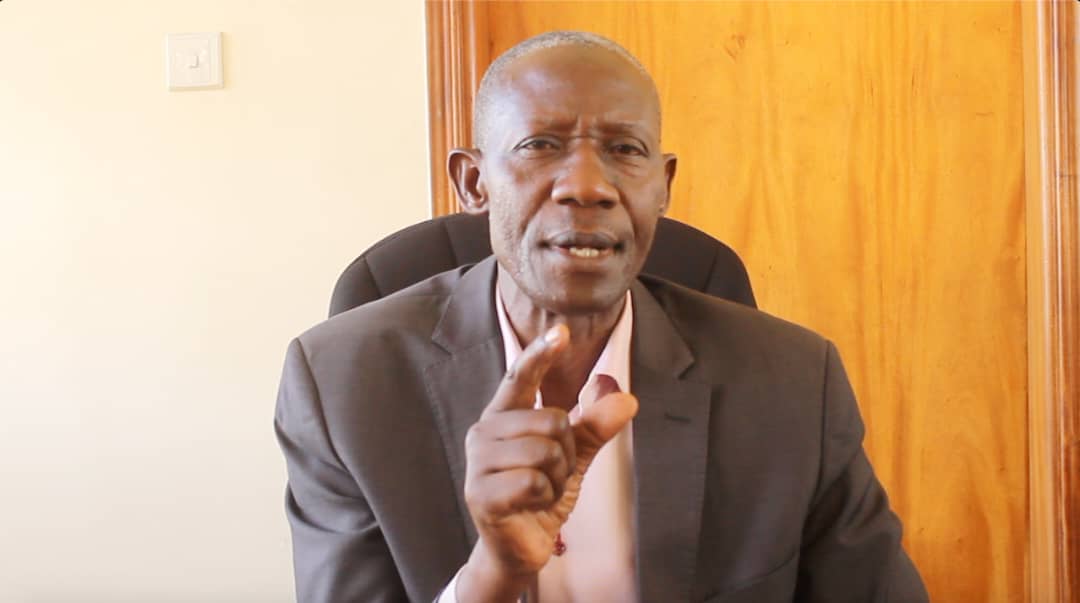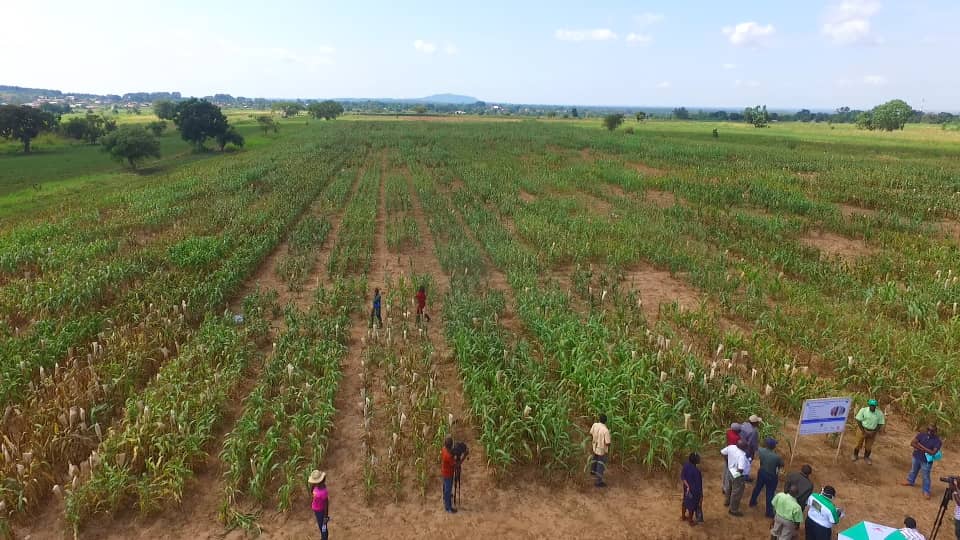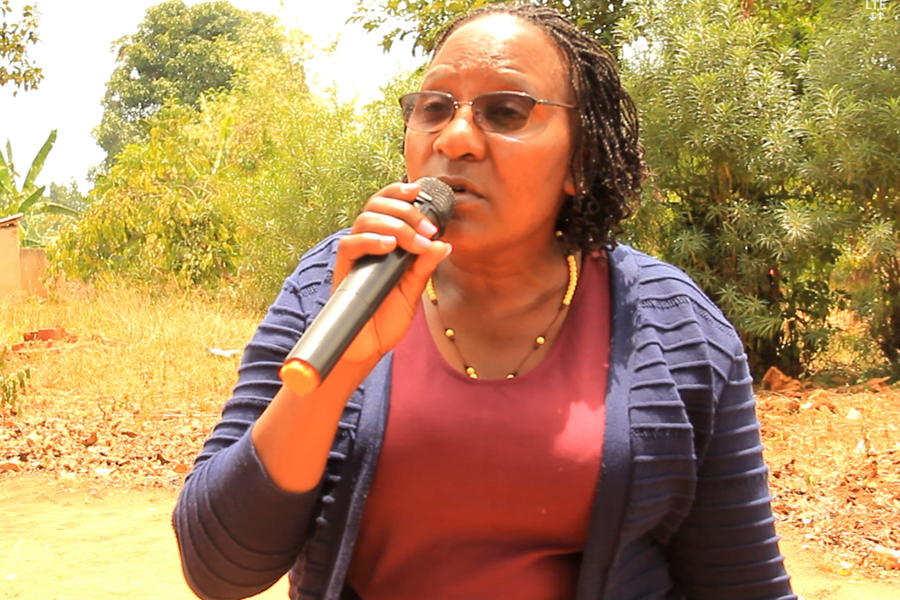Kampala is one more petrol station away from a Beirut explosion
By D. Gumisiriza Mwesigye
For 2,671 days I worked under the clear and present danger of being consumed by a fireball of biblical proportions, an inferno fanned by foul wind blowing over ill-managed industrial effluent.
Keep Reading
- > Kampala's plastic peril: The urgent call to Address the dangers of poor waste management
- > Kampala's Natural water sources: Navigating the waters of safety and sustainability
- > Informal Economy thrives as vendors provide essential goods and services on Kampala streets
- > Kampala Struggles Under Traders' Protest
My workplace then, located within Kampala's Industrial Area, is a stone's throw away from gigantic storage tanks operated by oil companies that had their HQs in the vicinity. On the adjacent Press Road, for almost the entire length on one side is a factory complex. From my then base at 7th Street, there are other factories, plants and processing units on 1st, 2nd, 3rd, 4th, 5th, 6th and 8th Streets. These all using various chemicals and other flammable materials in their operations.
The same section has schools, hospitals, clinics, ATMs, restaurants et cetera. There are businesses such as open air markets, roasting stands, bars, mivumbi sellers to mention but a few. Add to this the fact that the narrow streets are clogged with vehicles during rush hours. It is not uncommon to espy tankers, trucks or trains in the mix; "highly flammable" warnings prominently displayed to alert about the petroleum products or industrial chemicals they carry.
https://nilepost.co.ug/2020/08/07/what-we-know-about-the-beirut-blast-so-far/
As recent events in Beirut, Lebanon, would manifest; this is a volatile mix in an uneasy balance. We are literally playing with fire.
I shudder to even imagine what would happen if the powder keg, described prior, detonated. It would probably make the Beirut-like stats in a worst case scenario! God forbid.
Available information shows that the 2,750 tonnes of ammonium nitrate [normally used as crop fertiliser but can also be used in explosives] was not supposed to be there in the first place.
BBC reported that the shipment of fertilisers was originally destined for Mozambique, but when this run aground of regulations, the cargo was abandoned at Beirut port.
Add to that. There were 24 tonnes of fireworks, kerosene, methylene and nitrogen also stored at the port warehouses, according to China Xinhua News.
It was out of negligence, corruption, ineptitude that this situation was left unattended since 2014. That is until 4 August when the worst that could happen, happened.
The explosion reverberated throughout the city. Al Jazeera detailed that the blast left a 43-metre deep crater, hundreds dead and thousands injured plus more than 300,000 homeless. Estimated losses run to up to $15 billion against a backdrop of resignations from government. But heads rolling is not enough.
In the trail of destruction, grain silos were ruined. For a country that imports 85% of its food, a major food security crisis looms as the World Food Programme has warned.
Factors that led to this unfortunate incident are present in Industrial Area and other parts of Kampala.
A spark for this time bomb could come from anywhere! For instance, how was a school allowed near petrol depots? Why allow people to set up residences in such an area? Is there a contingency plan to deal with an emergency? Do city authorities consider such scenarios? Can the mistakes or oversights be corrected?
Many questions, few answers. Or should we pray everyday that nothing will happen? Or block out such thoughts from the mind? Or adapt to the environment and take one day at a time... like I did for 2,671 days. Some of my better career achievements were actually at 7th Street; so we'll hope for the best as life goes on.
But under the circumstances, should we let the sleeping dogs lie? Or should the lessons from Lebanon jerk us into action to avert a catastrophe?


